Automating Post Trade Settlement Processes With RPA: Benefits And Use Cases
Video Transcript
In the world of finance, post-trade settlements are essential but often bogged down by manual processes and complex regulations.
This can lead to delays, errors, and higher operational costs. That’s where Robotic Process Automation, or RPA, comes in.
RPA is transforming how back-office operations are handled by automating repetitive tasks like payment processing, trade matching, and compliance checks.
Instead of relying on manual data entry and reconciliation, RPA can quickly validate and process transactions, reducing the risk of mistakes and speeding up settlement times.
It also helps identify unmatched or pending trades across different regions, making the entire process more transparent and efficient.
Financial institutions using RPA have seen significant reductions in errors and processing times, leading to lower costs and a better experience for clients.
As regulations become more demanding, RPA also supports compliance by automating KYC and AML checks.
If you’re looking to modernize your post-trade settlement system, integrating RPA could be the key to greater efficiency and reliability.
To learn more, visit nova contemi.com? or contact us at info at contemi.com to? book a demo.
In today’s fast-paced business world, companies are always looking for ways to improve their efficiency and reduce costs. One area where this is particularly important is in the back office, where many of the routine tasks that keep a business running are performed. One technology that has emerged as a powerful tool for improving back-office operations is Robotic Process Automation (RPA).
In this article, we will explore how Robotic Process Automation can be used in a Post Trade settlement system, the benefits it offers, and some real-world examples of its use.
Problem Statement
Post-trade settlement systems are intricate and demand substantial manual handling, which might result in mistakes, setbacks, and elevated expenses. For instance, the processing phase for payment records in post-trade activities is usually still carried out manually, which can be time-intensive and susceptible to errors. Moreover, pinpointing unmatched and pending trades with the counterparty and custody in various geographical regions poses a particular hurdle in trade settlement.
Compliance represents another substantial challenge, as organizations must execute KYC and AML checks on all counterparts. Furthermore, the process of reconciliation and regulatory reporting can become intricate and time-consuming, especially in the absence of automated procedures.
These difficulties can wield a notable influence on organizations, causing increased expenses, setbacks, and mistakes.
However, there are several opportunities to improve post-trade settlement systems. By automating manual processes, organizations can reduce errors and delays, improve efficiency, and reduce costs. Additionally, technologies such as Robotic Process Automation have the potential to revolutionize post-trade settlement, making it more efficient, secure, and transparent.
Solutions
RPA can be used to automate many of the manual processes involved in Post Trade settlement systems. Here are some examples:
Automating manual processes
RPA can automate manual processes to avoid manual processing, reduce errors, and reduce operational costs.
For example, RPA can be applied to the payment processing phase of post-trade operations, where the input, validation and reconciliation of data are typically still performed manually. Large banks such as Barclays, Citigroup and others are using RPA to automate the investigation and resolution of payment disputes.
Nelito Barclays Bank RPA Regulatory Reporting Case Study
The report states that RPA has helped the Bank to reduce the time it takes to resolve disputes significantly. Additionally, the report states that RPA has helped the bank to improve the accuracy of its dispute resolution process and reduce the numbers of errors by a considerable margin.
Identifying unmatched and pending trades
RPA can help identify unmatched and pending trades with the Counter Party and Custody for various geographical regions, which is a specific challenge in trade settlement.
Trade Settlement
The report states that the investment bank was able to reduce the time it takes to identify unmatched and pending trades after implementing RPA. Additionally, the report states that the bank was able to improve the accuracy of its trade identification process.
Overall, the report shows that RPA can be a valuable tool for helping organizations to identify unmatched and pending trades more quickly and efficiently.
Reducing Costs and Losses
RPA can help reduce costs and losses across the trading life cycle from reconciliation to settlement and reporting. For example, RPA can reduce the cost of capital through collateral optimization and flag potentially fraudulent counterparty activities to avoid regulatory interventions and fines.
RPA can be hugely beneficial in compliance, as it can help financial institutions reduce the risk of regulatory fines and reputational damage. RPA can be used to automate KYC and AML checks, which are required by law to prevent money laundering and terrorist financing.
Automating Exceptional Management & Determination Processes
Automating exceptional management and determination processes is a crucial aspect of RPA in Post Trade processing software.
Exceptional management refers to the handling of exceptions or errors that occur during the processing of trades. These exceptions can be caused by a variety of factors, such as incorrect data, missing data, or system errors. Exceptional determination refers to the process of identifying and resolving these exceptions.
RPA can automate exceptional management and determination processes by using machine learning algorithms to identify patterns in the data and make decisions based on those patterns. For example, RPA can be used to identify trades that are missing key data points and flag them for review by a human operator.
Here are some of the benefits of using RPA in a Post Trade settlement system:
Benefits
- Increased efficiency: RPA can automate many of the manual processes involved in Post Trade settlement systems, which can lead to increased efficiency and reduced processing times.
- Reduced errors: RPA can help reduce errors by automating manual processes and flagging potentially fraudulent counterparty activities.
- Lower operational costs: RPA can help reduce operational costs by automating manual processes and reducing the need for manual labour.
- Improved customer experience: RPA can help improve the customer experience by reducing processing times and errors.
- Better compliance management: RPA can help improve several areas of compliance operations, such as retrieving and aggregating data from many sources, improving regulatory reporting efficiency.
Real - World Examples
Here are some real-world examples of how RPA has been used in Post Trade settlement systems:
- HSBC: HSBC has used RPA to automate its trade finance processes, which has led to reduction in processing times and reduction in errors.
- Robotic Process Automation In Commercial Banking
- Deutsche Bank: Deutsche Bank has used RPA to automate its trade finance processes, which has led to a 50% reduction in processing times and a 60% reduction in errors.
- JPMorgan Chase: JPMorgan Chase has used RPA to automate its trade finance processes, which has led to a 40% reduction in processing times and a 50% reduction in errors.
Conclusion
In conclusion, RPA can be a powerful tool for improving back-office operations in a Post Trade settlement system. By automating manual processes, identifying unmatched and pending transactions, reducing costs and losses, and automating exceptional management and determination processes, RPA can help increase efficiency, reduce errors, lower operational costs, and improve the customer experience. As the examples above show, RPA has already been successfully implemented in many Post Trade settlement systems, and its use is likely to continue to grow in the coming years.
Post Trade Plus, Contemi’s back-office Post Trade Settlement system, has excelled in achieving a high volume of straight-through processing (STP) for numerous large, complex, rule-driven transactions. As we move forward, we aspire to further enhance our system by integrating Robotic Process Automation (RPA) as a core module.
Are you in search of a cutting-edge, highly configurable, and functionally rich Post Trade system that automates many of your back-office operations? Feel free to reach out to us at Contemi, and let’s discuss how Post Trade Plus can help transform your post-trade processes.
Manuj Bhardwaj
Head of Development Post-trade Solutions


Leave a Reply